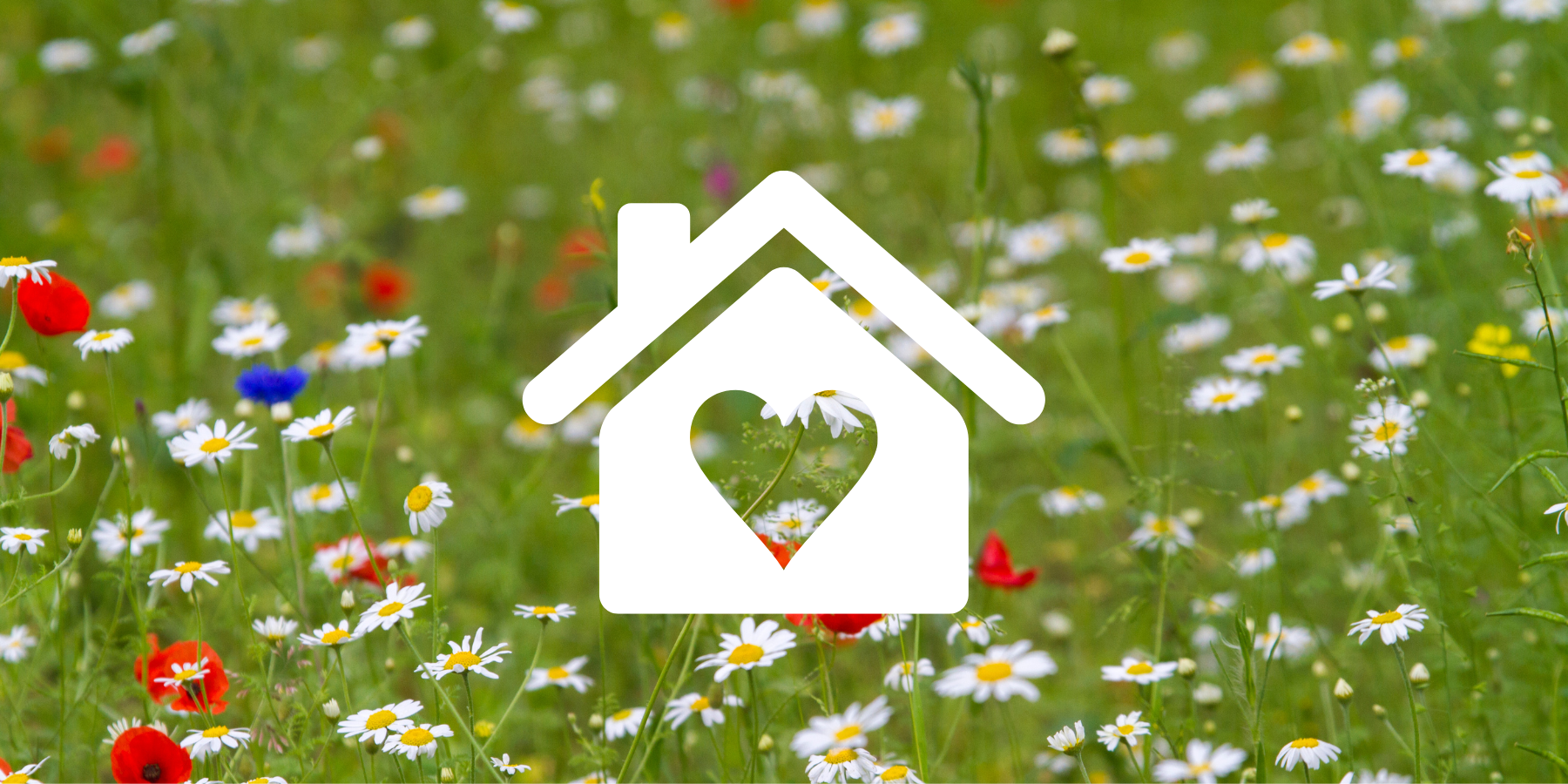Home improvements such as extensions, garden rooms, or hard landscaping can transform your living space and elevate your lifestyle, but it’s essential to consider the impact on local wildlife.
Wildlife habitats play a vital role in supporting various species, and even modest changes to your property can disrupt these ecosystems.
This article offers guidance on how to undertake home improvements while preserving wildlife habitats and creating a harmonious balance between your needs and the natural environment.
The Importance of Wildlife Habitats
Wildlife habitats provide essential services to various species by offering food, shelter, and breeding grounds. These habitats can exist in gardens, ponds, hedgerows, and even roof spaces. When these ecosystems are disturbed, it can negatively affect the wildlife that rely on them.
Moreover, wildlife habitats bring benefits to people as well. Research shows that being in nature can improve our mental and physical health. Additionally, wildlife-friendly landscapes can reduce noise pollution and improve air quality.
Legal Regulations
To protect wildlife species and their habitats, several pieces of legislation exist, such as the Wildlife & Countryside Act 1981. For example, it is a criminal offense to disturb nesting birds, and species such as bats, hazel dormice, badgers, and amphibians like great crested newts are protected. Make sure you understand these regulations before you begin any home improvement project to avoid unintentional harm.
How to Improve Your Home Without Disrupting Wildlife Habitats
You can minimise the impact of your home improvement project on wildlife using the following strategies:
- Plan carefully: Identify the wildlife present on your property and design your project to avoid disturbing their habitats.
- Collaborate with wildlife-friendly professionals: Choose builders or landscapers who have experience working with wildlife and can guide you on minimising disruption during construction.
- Time your work thoughtfully: Schedule construction during times of lower wildlife activity, avoiding breeding seasons or when wildlife may be hibernating.
- Preserve existing habitats: Aim to maintain existing habitats such as trees, hedgerows, ponds, and nesting sites.
- Create new habitats: If existing habitats must be altered, compensate by creating new ones on your property. Consider planting trees and shrubs, creating ponds, or installing bird and bat boxes.
- Incorporate native plants: Planting native species can provide food and shelter for local wildlife, helping to sustain them during and after your project.
- Reduce light pollution: Use outdoor lighting thoughtfully and install motion sensors or timers to minimise impact on nocturnal wildlife.
- Be mindful of noise: Excessive noise can disrupt wildlife communication and breeding. Try to keep noise levels low during your project, especially during critical wildlife activity periods.
Benefits of Wildlife-Friendly Home Improvements
Embracing wildlife-friendly home improvements can yield numerous benefits, including:
- Reduced environmental impact: By protecting local habitats, you contribute to the preservation of biodiversity.
- Improved mental and physical wellbeing: Being surrounded by nature has proven benefits for health and relaxation.
- Decreased noise pollution: Natural landscapes can buffer against urban noise, creating a more serene environment.
- Enhanced air quality: Plants filter air, reducing pollutants and improving the overall quality of your environment.
- Potential increase in property value: A wildlife-friendly landscape may even boost curb appeal and enhance the market value of your property.
By implementing these strategies, you can create a more wildlife-friendly space that not only enhances your home and quality of life but also supports the natural world around you.

